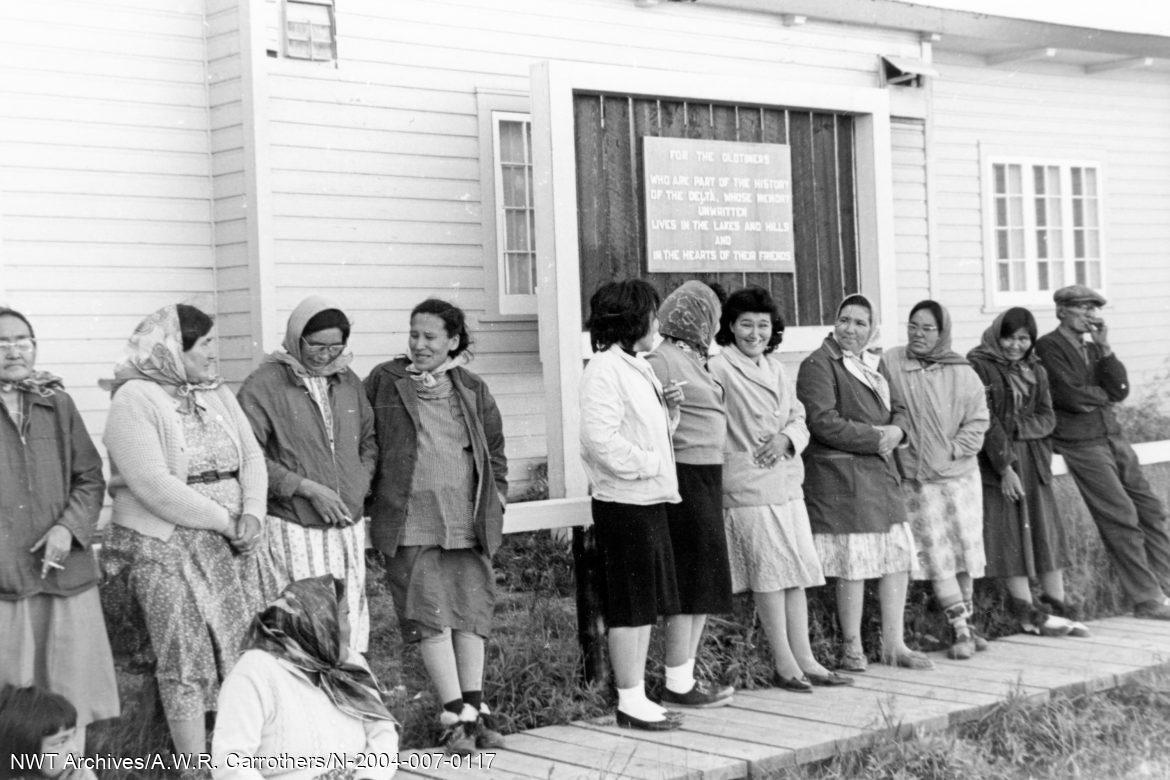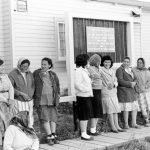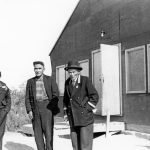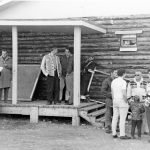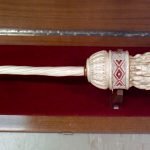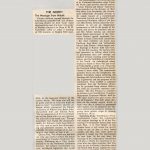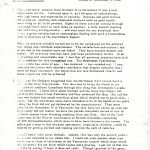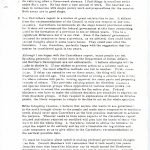1967
Territorial Government Moves to the Northwest Territories
From 1905 to 1967, the seat of government for the Northwest Territories was located in Ottawa and consisted of a federally-appointed Commissioner and his staff. Northerners were rarely consulted before new laws affecting them were enacted. Communication between the leaders in Ottawa and the territory’s people depended on the planes flying north and boats working their way up the Mackenzie waterways.
The Northwest Territories Council – created on April 20, 1921 – advised the Commissioner on how he should run the NWT. The four members of the Council were federal civil servants from Ottawa, and all were appointed. It wasn’t until 1947 that the first northern member was appointed. In 1951 the first Council members were elected, and by 1966 elected members finally outnumbered appointed members.
In 1965 the Territorial Council passed a motion calling on the federal government to review the NWT’s political situation. As a result, the Advisory Commission on the Development of Government in the Northwest Territories was created. With Alfred Carrothers, Dean of the Faculty of Law at the University of Western Ontario as chairman, this commission became known as the Carrothers Commission. Members of the commission were Jean Beetz, a Montreal-based judge and John Parker, then Mayor of Yellowknife, who later became the Commissioner of the Northwest Territories.
During the summer of 1965 and the spring of 1966, Carrothers’ Commission held public meetings in 51 communities in the Northwest Territories. They asked residents their opinions on what a future Government of the Northwest Territories should look like, whether the division of eastern and western Arctic regions was a good idea, and which community should be made capital.
It was clear from the Commission’s public meetings that most northerners wanted: powers transferred from Ottawa to the north, a greater degree of self-governance, more control over natural resources, and to keep Northwest Territories whole. There were no surprises in these results except the one concerning division. Many northerners, particularly in the east, were vehemently opposed to the division of the Northwest Territories.
Public opinion on the issue of which community should become the new capital was, as expected, split. The recommendation of the Commission was eagerly awaited. As the administrative centre for territorial programs, Fort Smith was where most northern-based government positions were located, and many northerners assumed it would become the capital. Communities also running for capital were Yellowknife, Hay River, Pine Point, Fort Simpson, Iqaluit, and Rankin Inlet.
The Federal Government accepted the Commission’s recommendations concerning the transfer of responsibility for education, small business, public works, social assistance, and local government. The Government also accepted the proposal that Yellowknife becomes the capital. On January 18, 1967, this decision was made public amid a flurry of controversy. The reasons given were that Yellowknife was closest to the demographic centre of the territories and accessible to the most significant number of residents, telephone services, telegraph, radio and airport. It also had better building conditions and educational institutions.
On September 18, 1967, the Government of the Northwest Territories officially came north when Commissioner Stuart Hodgson, and eighty-one employees of the Government of the Northwest Territories, arrived in Yellowknife onboard a chartered DC-7.
